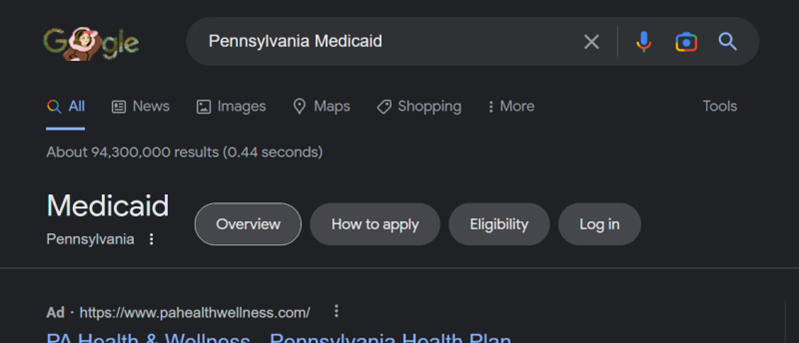MM Curator summary
The article below has been highlighted and summarized by our research team. It is provided here for member convenience as part of our Curator service.
[MM Curator Summary]: A new sky is falling number hides the punchline that 10M will go back to getting insurance from their employer, and more than 1M will get heavily-subsidized marketplace coverage. And that all of this is due to the fact that Medicaid will be returning to normal eligibility rules.
Clipped from: https://www.healthcarefinancenews.com/news/18-million-people-could-lose-medicaid-coverage-after-covid-19-phe
Findings suggest the result could see the largest changes in coverage since the ACA came into force more than a decade ago.
Photo: Image Source/Getty Images
Upwards of 18 million people could lose Medicaid coverage, and four million people could become uninsured entirely when the COVID-19 public health emergency expires next year, according to a recently published analysis from the Urban Institute.
This could result in the biggest changes in coverage since the Affordable Care Act was implemented more than a decade ago, findings suggested.
The most recent data shows that enrollment jumped by more than 18 million people from February 2020 to June 2022. This increased enrollment largely owes to the continuous coverage requirement of the Families First Coronavirus Response Act, which has prevented state Medicaid agencies from disenrolling people during the PHE unless they specifically request it.
Using the latest available administrative data on Medicaid enrollment, recent household survey data on health coverage, and the Urban Institute’s Health Insurance Policy Simulation Model, analysts estimated that about 3.2 million children are estimated to transition from Medicaid to separate Children’s Health Insurance Programs, so total Medicaid and CHIP enrollment will decline by 14.8 million people.
About 3.8 million people will become uninsured, data showed, while about 9.5 million people will either newly enroll in employer-sponsored insurance after losing Medicaid, or transition to employer-sponsored insurance as their only source of coverage after being enrolled in both employer-sponsored insurance and Medicaid sometime during the PHE.
On top of that, more than one million people will enroll in the nongroup market, most of whom will be eligible for premium tax credits in the marketplace.
Further extensions of the PHE are possible, according to the Urban Institute. If it’s extended for an additional 90 days, the number of people losing Medicaid will likely rise to nearly 19 million.
WHAT’S THE IMPACT?
The largest share of people losing Medicaid, 9.5 million, will end up with employer-sponsored insurance (ESI), the report found. Nationally, unemployment has nearly returned to pre-pandemic levels, and many people will lose Medicaid eligibility precisely because they gained new employment during the PHE. An unknown number of those transitioning from Medicaid to ESI only was enrolled in both types of coverage during the PHE; the number of people newly enrolling in ESI after the PHE will likely be considerably lower than 9.5 million.
The end of the PHE is still uncertain. If it is extended for 90 more days, about one million more people will lose Medicaid after its expiration. The Biden administration has promised to give 60 days’ notice before the end of the PHE but has resisted requests by many states for more notice.
While nearly four million people are likely to become uninsured, people transitioning from Medicaid to private coverage will pay more in premiums and out-of-pocket health costs. It is possible that more people losing Medicaid, particularly those without access to ESI, may experience a temporary interruption in health coverage before enrolling in alternative coverage.
State policy decisions during the transition following the PHE expiration will affect how many people lose coverage, how rapidly they lose coverage, and how many people will enroll in other coverage, according to the Urban Institute.
Medicaid enrollment during the PHE may have other lasting effects, such as raising awareness of churning in health insurance coverage, and possibly changing perceptions of Medicaid, authors said. The experience may also inform the debate around other issues related to churn and continuity of coverage, such as 12-month continuous eligibility in Medicaid and better coordination between Medicaid and the marketplaces.
THE LARGER TREND
The public health emergency will be extended past its current deadline of January 11. The new deadline will be in April if it’s extended for another 90 days.
The PHE keeps waivers and policies in place for Medicaid coverage, telehealth coverage, and add-on payments to hospitals and physicians. Telehealth waivers will expire 151 days after the end of PHE.
Twitter: @JELagasse
Email the writer: Jeff.Lagasse@himssmedia.com

